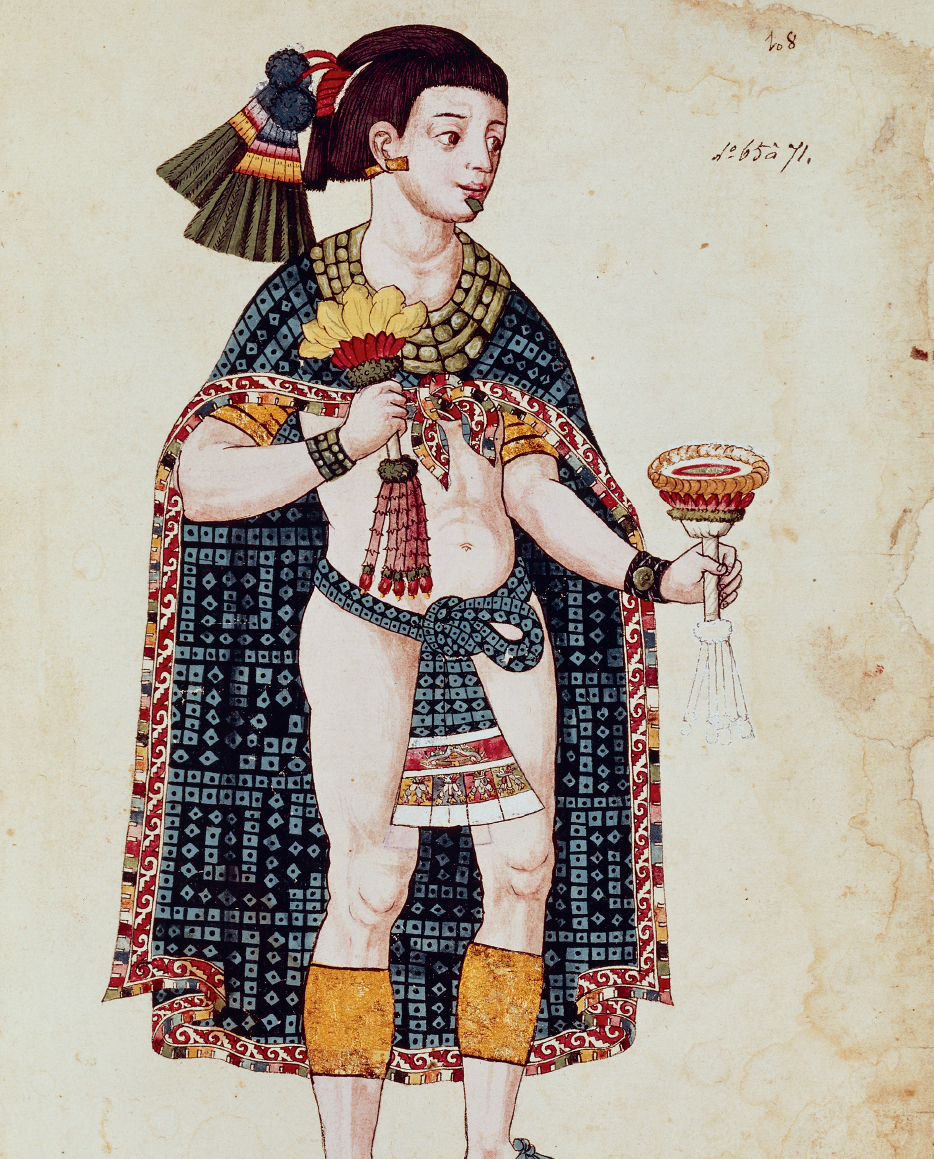A History of World Societies:
Printed Page 457
A History of World Societies Value
Edition: Printed Page 457
Introduction for Chapter 16
16
The Acceleration of Global Contact
1450–1600

Before 1500 Europeans were relatively marginal players in a centuries-
By 1550 the European search for better access to Asian trade goods had led to a new overseas empire in the Indian Ocean and the accidental discovery of the Western Hemisphere. With this discovery South and North America were soon drawn into an international network of trade centers and political empires, which Europeans came to dominate. The era of globalization had begun, creating new political systems and forms of economic exchange as well as cultural assimilation, conversion, and resistance. Europeans sought to impose their values on the peoples they encountered while struggling to comprehend these peoples' societies. The Age of Discovery from 1450 to 1600, as the time of these encounters is known, laid the foundations for the modern world.